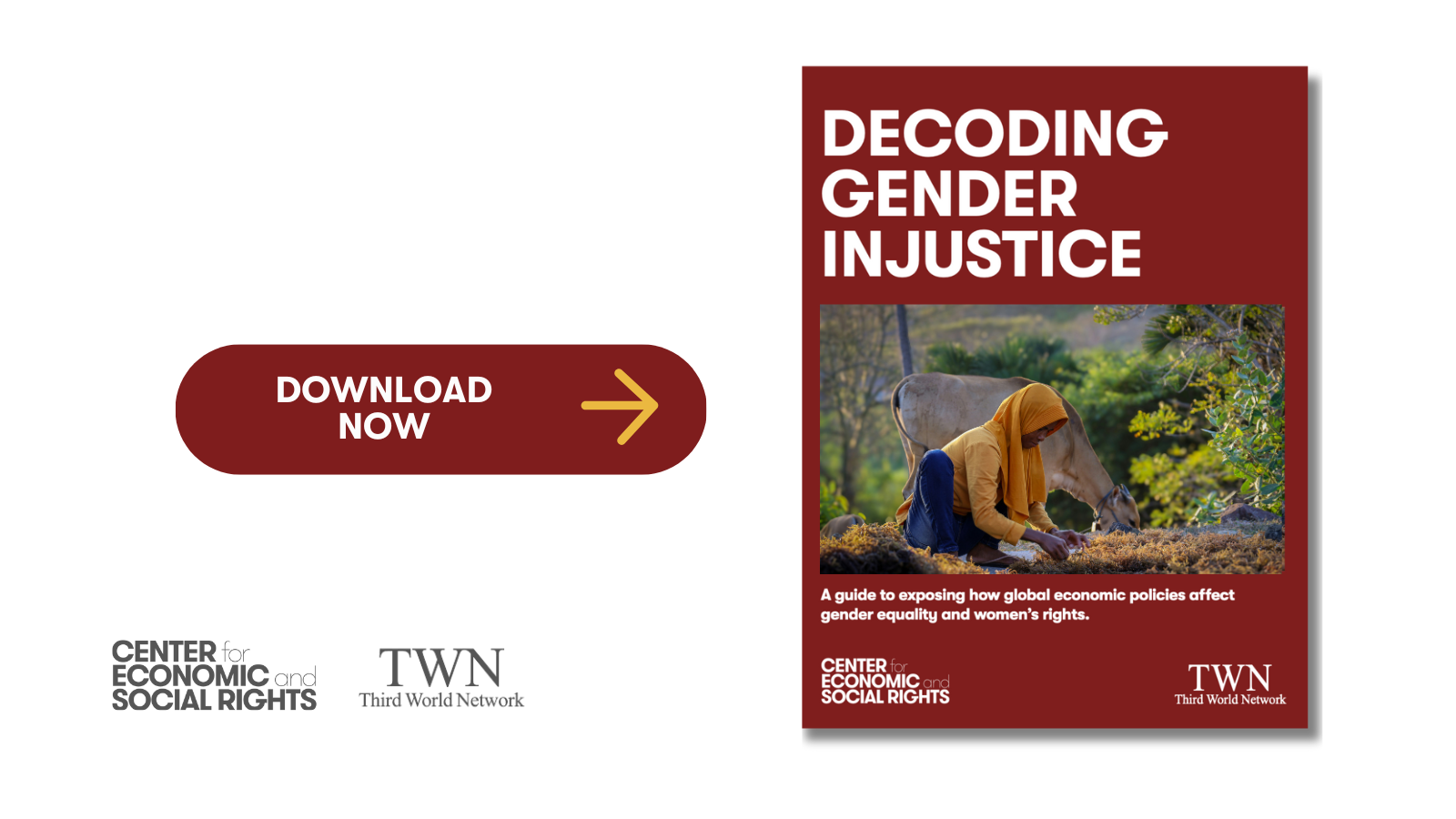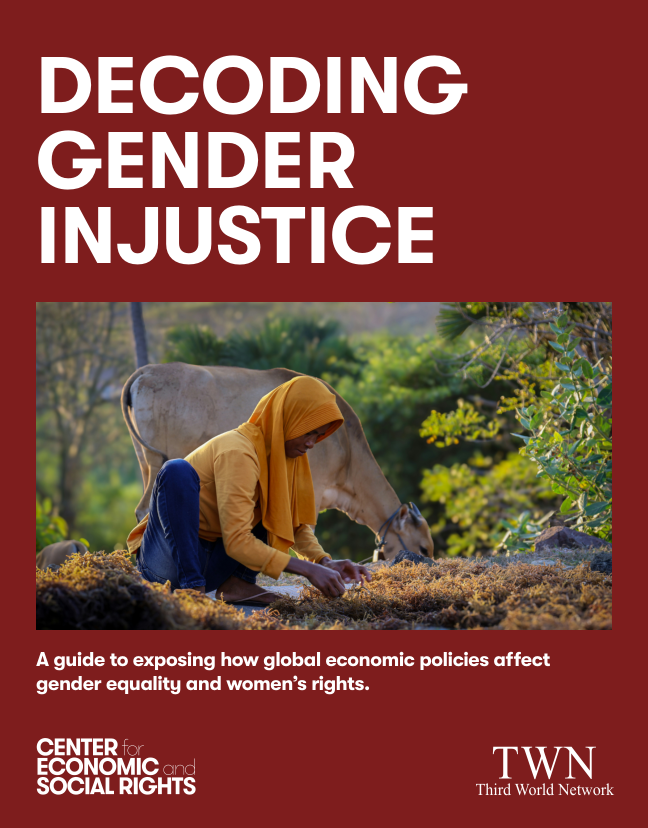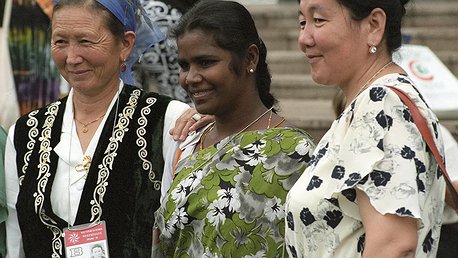Gender injustice is woven into the very fabric of our economic systems—yet it can be dismantled. Developed by CESR and Third World Network using our Decoding Injustice research framework, this guide unpacks how global economic policies entrench inequality and provides tools to challenge them. It equips movements to expose systemic harms and push for economic rules that center care, equity, and dignity.
Across the globe, gender injustice is deeply embedded in the rules that govern our economies. From tax systems that overburden women to austerity measures that dismantle essential care services, macroeconomic policies are not gender-neutral: they are shaped by histories of colonialism, neoliberalism and patriarchy.
Decoding Gender Injustice is a practical guide for activists, advocates, researchers and policymakers who want to confront these systemic harms. It explains how global economic policies (in areas like debt, taxation, trade and monetary policy) contribute to gender inequality. It also shows how to use human rights standards and data tools to uncover these injustices and push for change.
What’s inside
Organized into three steps — Interrogate, Illuminate, and Inspire — the guide offers:
-
A clear explanation of how macroeconomic structures affect gender justice
-
Practical guidance for collecting and analyzing data through a gender lens
-
Tools for using human rights law to expose and challenge unjust policies
-
Concrete proposals to reform fiscal, debt and trade systems in ways that center care, equity and dignity
Why it matters
In a moment of converging crises, gender equality cannot be achieved without transforming the economic systems that reproduce injustice. This guide equips movements with the knowledge and strategies to do just that — by making the invisible visible and the unfair undeniable.






